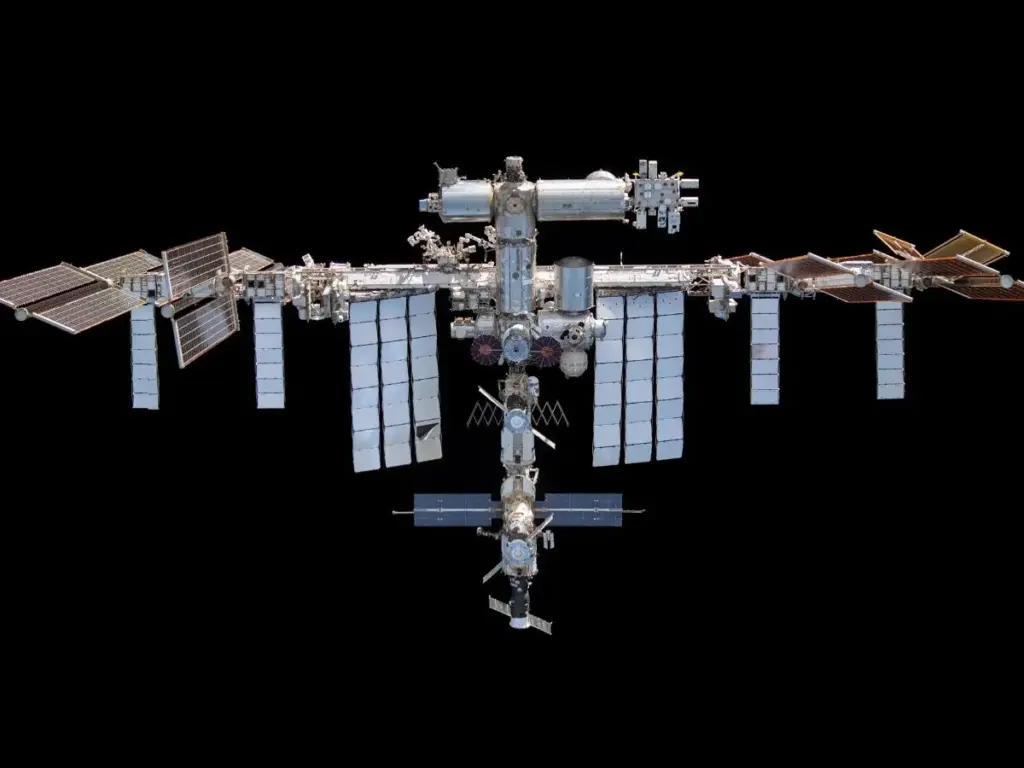
Alcohol has accompanied humanity beyond Earth, tracing a path from the first sip of communion wine on the Moon to clandestine cognac aboard Soviet space stations. While NASA has long enforced a strict no-alcohol policy in orbit, cosmonauts have embraced spirits as both a morale booster and a scientific curiosity. Modern experiments even explore how whiskey matures in microgravity, offering insights into both space exploration and the beverage industry.
The tradition of alcohol in space dates back to the early Soviet space program. It is said that doctors provided cosmonauts with rations of cognac, a practice that was later explained by a former cosmonaut to NBC News:
“We used it to stimulate the immune system and, overall, to keep the body in good condition.”
This practice highlights the cultural and scientific intersections that have shaped life in space.
The Soviet Era: Cognac and Cosmonauts
During the 1980s and 1990s, aboard the Soviet Union’s Mir space station, alcohol consumption was notably more relaxed. Cosmonauts often brought cognac into space, using it as a morale booster during extended missions. Some cosmonauts even reported that medical personnel recommended cognac for its potential health benefits in the unique environment of space. This approach starkly contrasts with NASA’s policies, which have historically prohibited alcohol on American space missions.
In 1997, a ‘cognac party’ aboard Mir became a point of contention when NASA attempted to suppress photographs of the event. However, these images were eventually released through a freedom of information request, shedding light on the cultural differences between American and Soviet approaches to alcohol in space.
Modern Experiments: Whiskey in Microgravity
In recent years, the interest in studying alcohol in space has grown beyond cultural practices to include scientific inquiry. For instance, in 2015, the Japanese company Suntory sent whiskey samples to the International Space Station (ISS) to observe how aging in microgravity affects the maturation process. The results of such experiments could have significant implications for both space exploration and the beverage industry.
Dr. Takashi Torii, a researcher involved in the Suntory experiment, noted,
“Understanding how microgravity affects the chemical reactions involved in aging could lead to new insights into the process of maturation, not just in space, but on Earth as well.”
These findings may influence how beverages are produced and consumed in the future, both on Earth and in potential space colonies.
Implications for Future Space Missions
The presence of alcohol in space raises intriguing questions about its role in future long-duration missions. As humanity looks towards Mars and beyond, the psychological and physiological effects of alcohol could become increasingly relevant. While NASA continues to enforce its prohibition, private companies and international partners may explore more flexible policies.
According to Dr. Sarah Johnson, a space psychologist,
“As missions extend further into the solar system, maintaining crew morale and mental health will be crucial. Alcohol, in moderation, could play a role in achieving that balance.”
This perspective suggests a potential shift in how space agencies approach the issue, balancing safety with the well-being of astronauts.
Meanwhile, the study of alcohol in space continues to captivate both scientists and the public, offering a unique lens through which to examine human adaptation to life beyond Earth. As research progresses, the curious history of alcohol in space may evolve into a vital component of future space exploration strategies.







